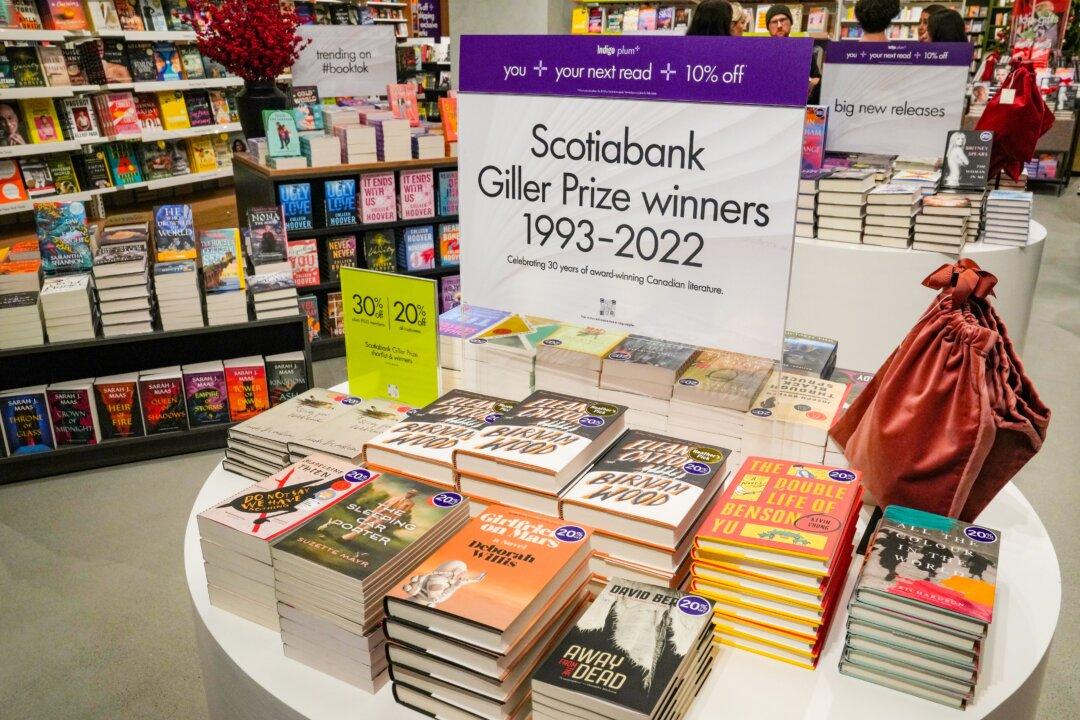Commentary
Comedy fans of a certain age may recall the “Monty Python’s Flying Circus” sketch about the legendary highwayman Dennis Moore, a deranged Robin Hood who steals so much from the rich to the give to the poor that he ends up stealing from the poor to give to the rich. “Blimey,” Dennis declares upon realizing the conundrum, “this redistribution of wealth is trickier than I thought.”
